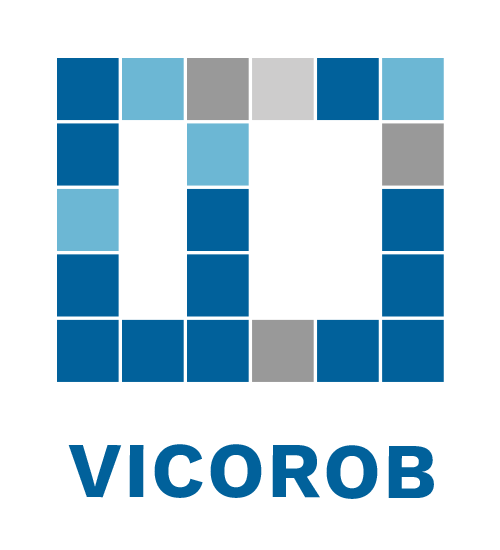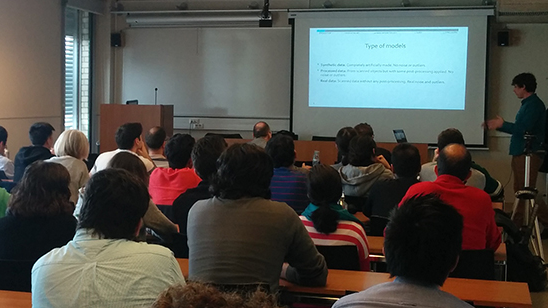Tools for 3D Point Cloud Registration
Doctoral thesis “Tools for 3D Point Cloud Registration”
By Ferran Roure García
Supervised by Dr. Joaquim Salvi Mas and Dr. Yago Diez Donoso
Abstract
The interest of digitization of the real world has been growing over the years. Computers help us to make it possible and research in this field has intensified with the emergence of new technologies in the commercial world. Representing our environment in formats that computers can understand is an essential step in the development of this technology. One way to capture our world is using sensors that digitize the objects around us using mathematical representations. These sensors are responsible for translating the real world into a language that allows computers to represent this information, understand it and modify it. In this case, when we digitize an element, we get a finite representation, which translates to points located in a virtual 3D space. These point clouds are the interpretation of the machines of our real world.
However, the sensors have limited vision —like a camera when capturing an image— and many times it is not possible to digitize everything we want at once. That is why we need to make more captures from different points of view. The problem is that we get different views of an object without knowing where they have been captured from and therefore, we get unconnected pieces that must be aligned to get the whole object. This alignment process is called 3D registration.
Thus, 3D registration becomes a very important part, especially in the reconstruction of environments and objects. Currently, registration methods are used in a variety of applications, such as medical imaging or heritage preservation, as well as in many types of industrial processes or to scan objects in order to modify it and print it.
In this thesis, we did an in-depth review of the state of the art of 3D registration, evaluating the most popular methods. Given the lack of standardization in the literature, we also proposed a nomenclature and a classification to unify the evaluation systems and to be able to compare the different algorithms under the same criteria.
The major contribution of the thesis is the Registration Toolbox, which consists of software and a database of 3D models. The software presented here consists of a 3D Registration Pipeline written in C ++ that allows researchers to try different methods, as well as add new ones and compare them. In this Pipeline, we not only implemented the most popular methods of literature, but we also added three new methods that contribute to improving the state of the art. On the other hand, the database provides different 3D models to be able to carry out the tests to validate the performances of the methods. Finally, we presented a new hybrid data structure specially focused on the search for neighbors. We tested our proposal together with other data structures and we obtained very satisfactory results, overcoming in many cases the best current alternatives. All tested structures are also available in our Pipeline.
This Toolbox is intended to be a useful tool for the whole community and is available to researchers under a Creative Commons license.


No Comment